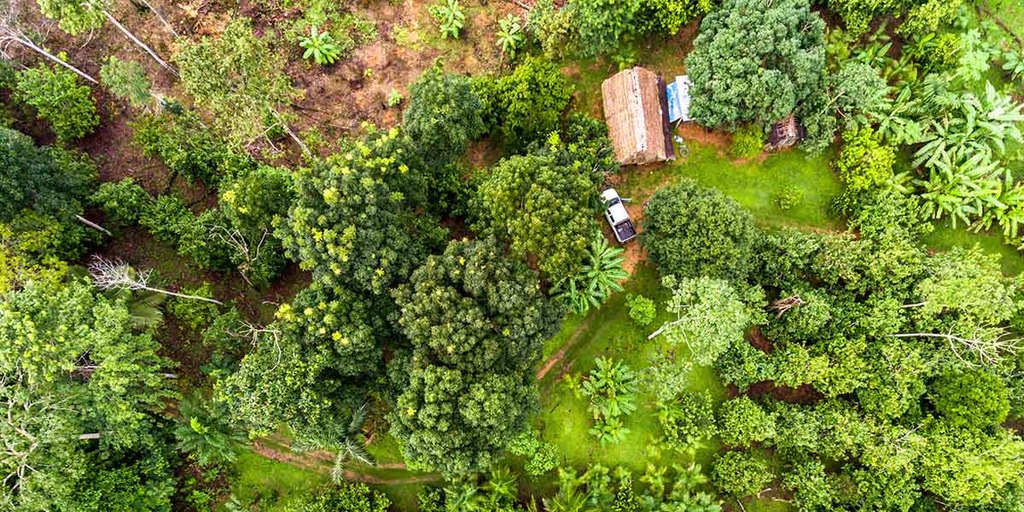Agroforestry Ultimate Guide and Examples
Sometimes it’s hard to improve upon nature. Agroforestry moves away from modern monocropping farm practices, and back toward a more holistic approach that combines trees, plants, and animals.What is Agroforestry? At its simplest level, agroforestry is combining agriculture (crops and livestock) with forestry (trees.) It can take several forms including silvo-pastoral and silvo-arable systems.
In this article, you’ll learn what agroforestry is, what its benefits are, its history, and more. Most importantly, you’ll get to know some common examples of how agroforestry is applied in practice.
What Is Agroforestry?

Agroforestry is the mixing of agriculture and forestry. It’s a type of intercropping where trees are grown on pastures or among crops to provide a number of benefits.
The practice has been successfully tried and tested in parts of the United States as well as in sub-Saharan Africa. Today the World Bank estimates that over a billion people worldwide are using agroforestry practices.
Agroforestry is more than just mixing crops and trees though. It’s farming in places like in and along the edges of forests, which previously wouldn’t have been done.
Trees used in this way can be productive as well, and agroforestry often makes use of plants like coffee, cocoa, rubber, and oil palm.
Trees can help provide shade for cooler weather crops like lettuce, provide shelter for livestock, as well as turned into firewood for use as fuel.
Agroforestry allows for sustainable, renewable, long-term forest management while also helping the environment, creating more ecological diversity, as well as increasing and diversifying income for farmers.
The 4 Traits of Agroforestry Practices
Although how agroforestry is implemented can vary widely, there are four key traits that really define what the essence of agroforestry is meant to be about.To be distinguished from other forestry or farming practices, a farmer’s use of land must meet all of these criteria to be considered agroforestry:
- Intensive. Agroforestry is an ongoing process to keep productivity up, with annual activities like irrigation, cultivation, and fertilization.
- Intentional. Agroforestry is an ecosystem that has been intentionally designed by humans and gets managed. As opposed to combinations of plants, trees, and animals that just happen to accidentally occur in close proximity to each other.
- Integrated. Crops, trees, and animals are all integrated into a single system. Integration can be vertical or horizontal. This helps improve the productivity of the land and diversifies production between different resources.
- Interactive. Agroforestry takes advantage of physical and biological interactions between crops, animals, and trees. A synergy is created when different aspects of the environment complement each other. For example, trees provide wildlife habitat, and the wildlife in turn keeps pests under control.
Link to full article that contains examples of agroforestry techniques and the possible benefits and challenges it presents:

Agroforestry Ultimate Guide and Examples - GroCycle
Learn what agroforestry is, what its benefits are, its history, and more. You'll get to know some common examples of how agroforestry is applied in practice.
 grocycle.com
grocycle.com





